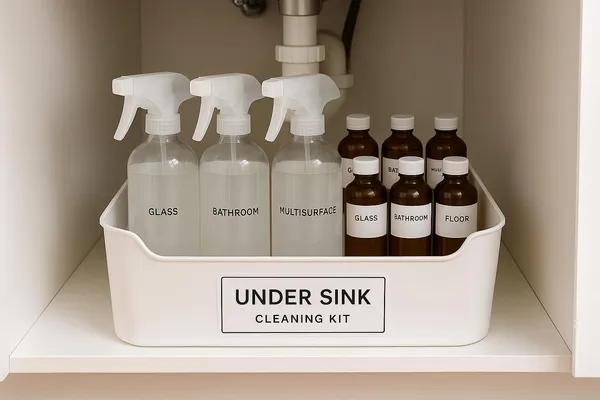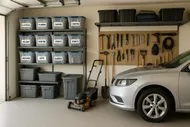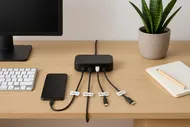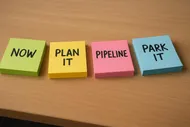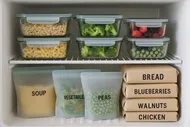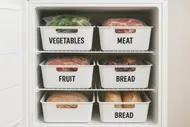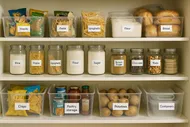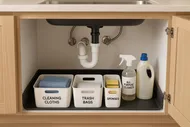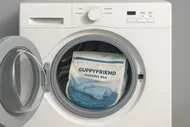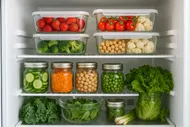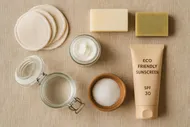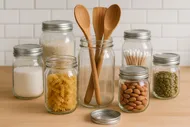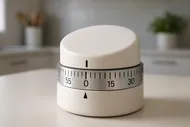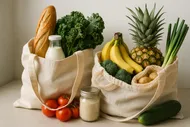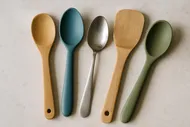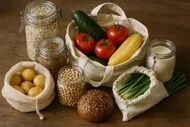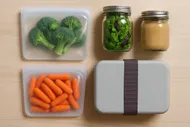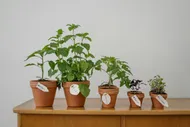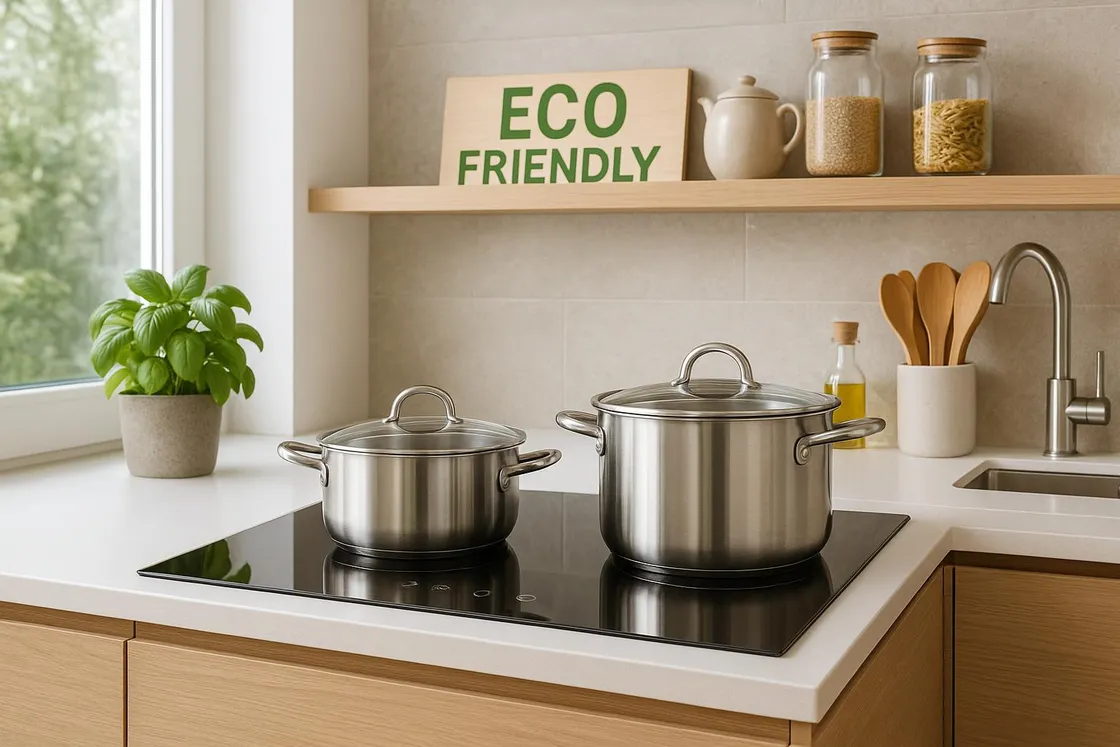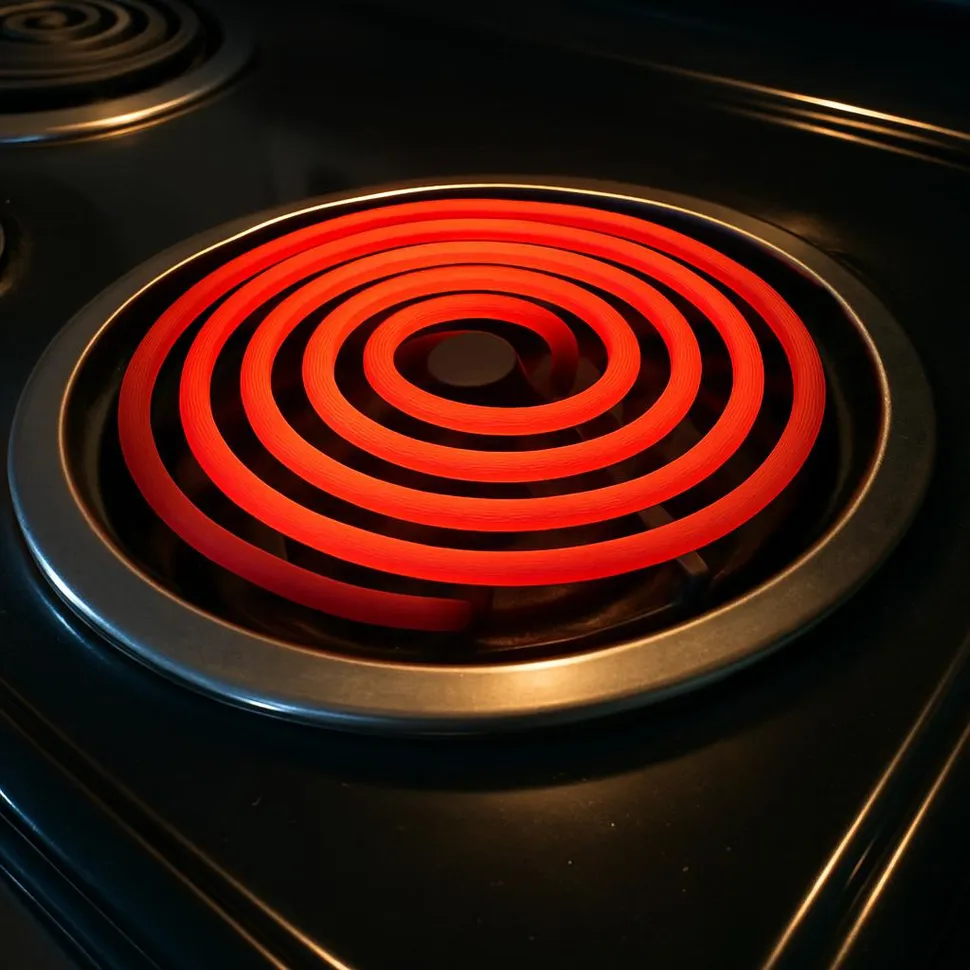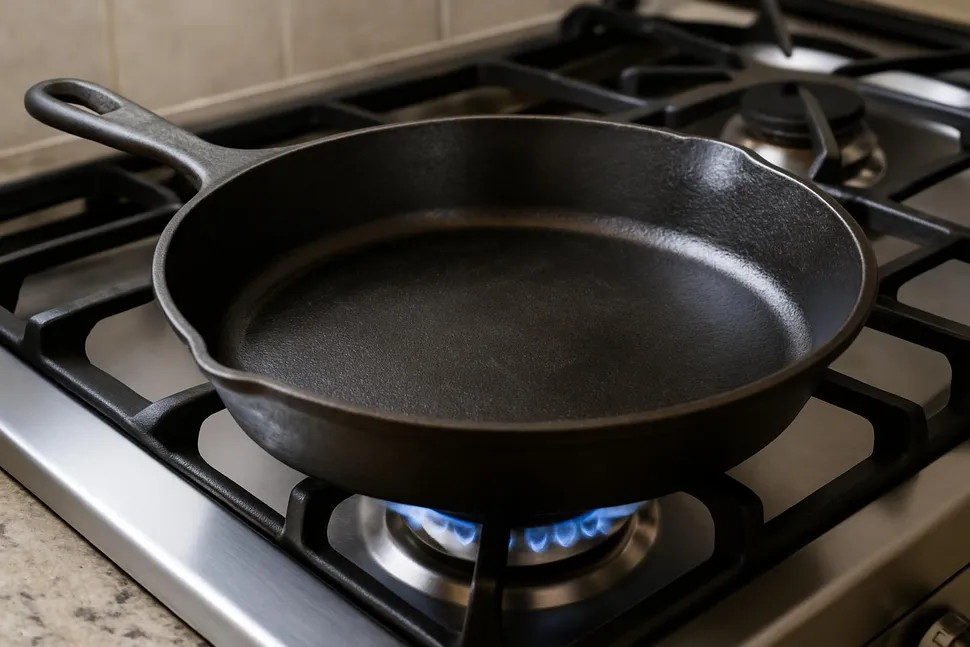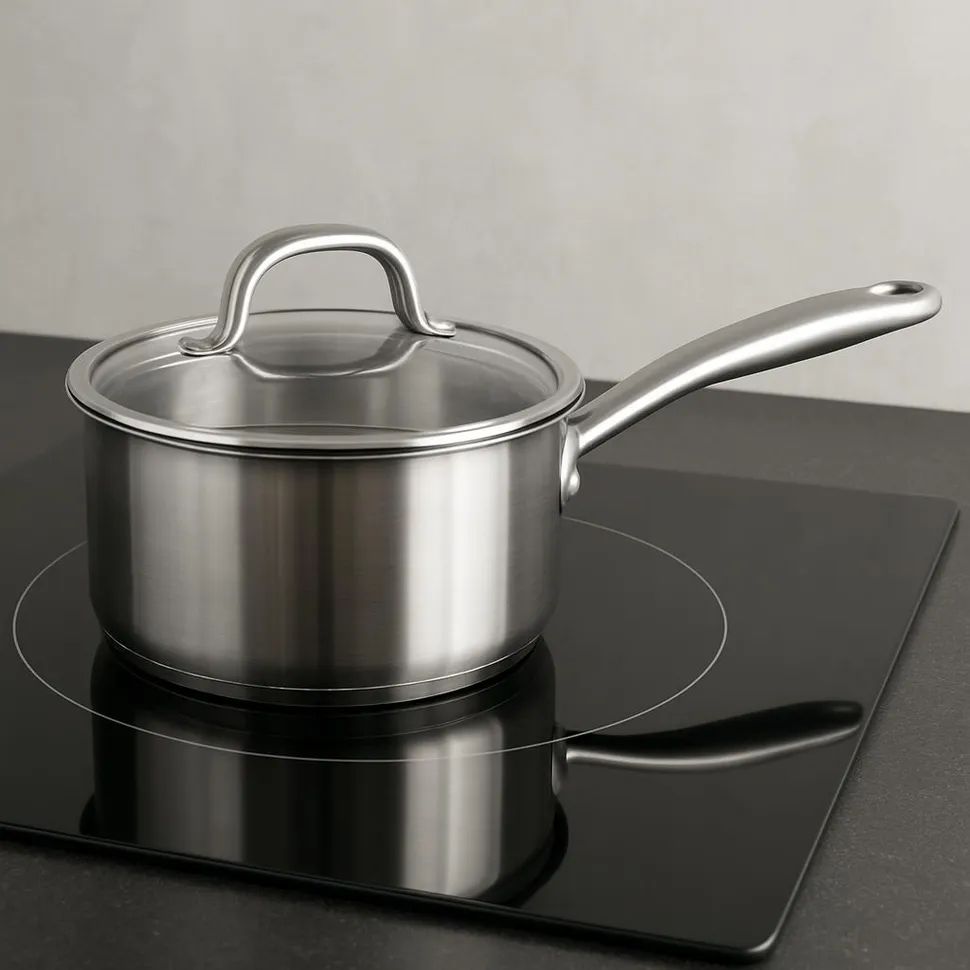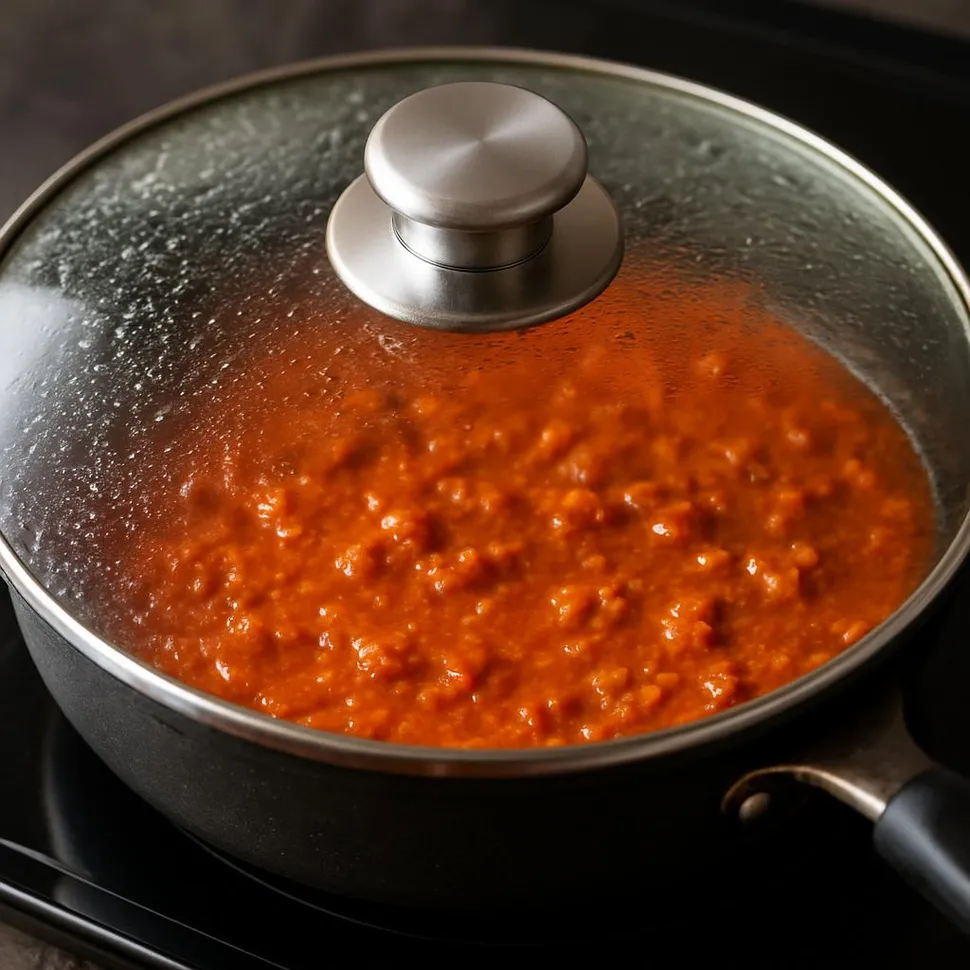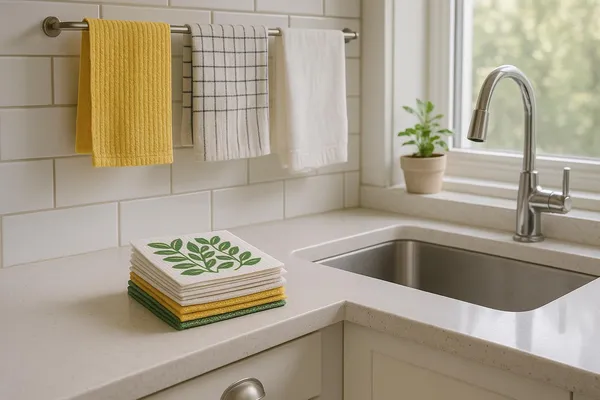If you’ve ever stood in a kitchen showdown—gas flame flickering like a campfire, electric coil glowing lava-red, induction top looking like a sleek spaceship—and wondered which one is actually greener and cheaper, pull up a stool. Today we’re pitting induction vs. gas vs. electric in an eco cooking throwdown. I brought data, simple math you can do with your utility bill, and some real-life tips that make your next pasta night faster, cleaner, and quieter. Spoiler: you might fall a little in love with a portable induction burner by the end.
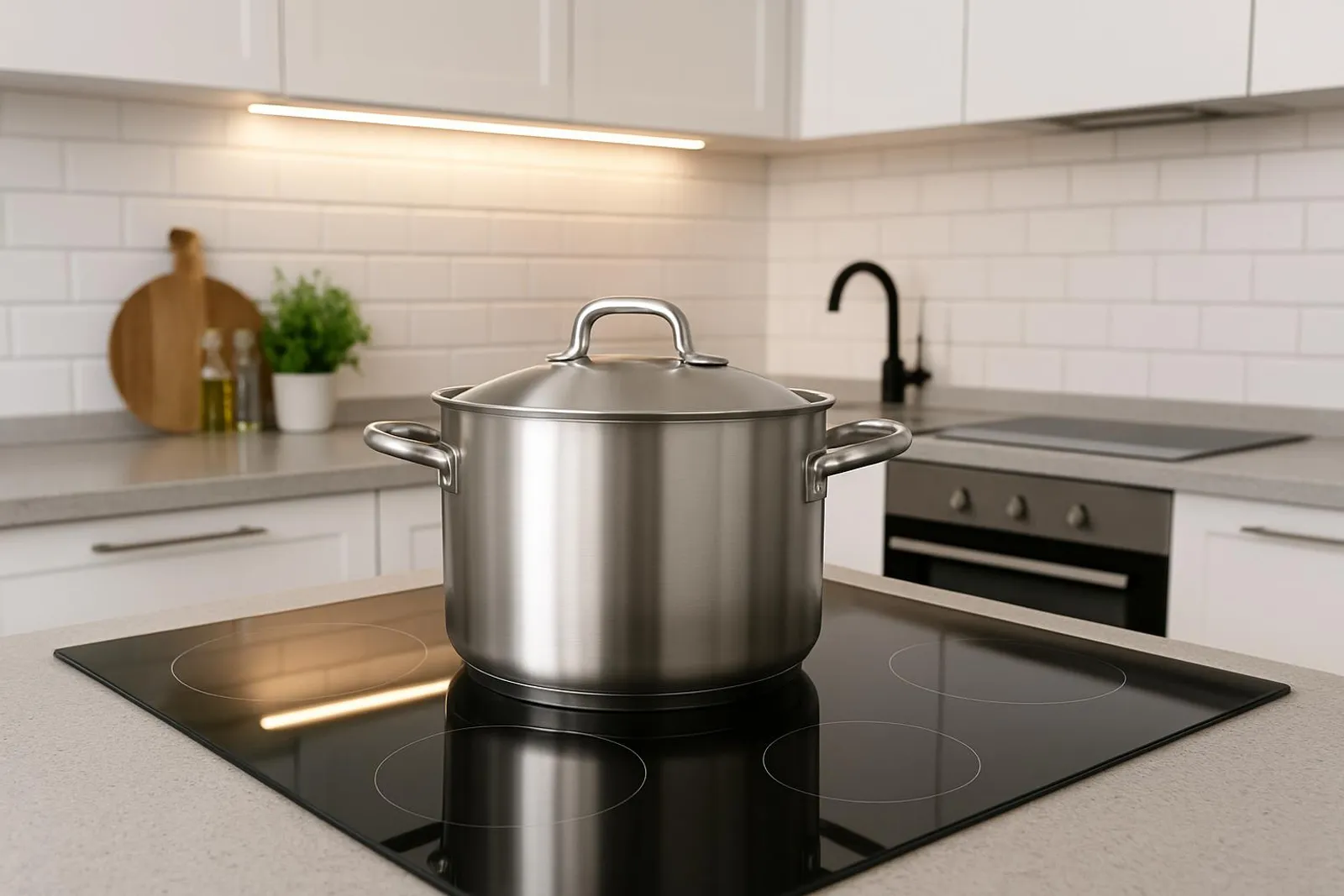
The quick verdict (for the hungry and hurried)
- Most efficient: Induction. It sends the energy straight to your pan through magnet magic, not the surrounding air.
- Healthiest for indoor air: Induction and electric. Gas combustion produces nitrogen dioxide (NO2) and ultrafine particles inside your kitchen.
- Potentially cheapest to run: Induction, especially in areas with cleaner/cheaper electricity. But rates vary—do the quick math below.
- Easiest to try: A portable induction burner. Dip your toe (and your tea kettle) in with a plug-in test drive.
Curious how a greener kitchen fits with food storage and cleanup too? Pair this with our guides: The Plastic-Free Fridge: A Guide to Sustainable Food Storage That Actually Keeps Things Fresh and Transform Your Dishwashing Routine Into an Eco-Friendly Practice.
Efficiency: Where does your heat actually go?
Let’s start with the thermodynamics of dinner. Different stovetops deliver heat in different ways, and the “line loss” to air matters.
- Gas: About 30–40% of the heat actually reaches your pan. The rest heats your kitchen (hello, summer sweat).
- Electric coil: Roughly 70–75% efficient. Better than gas, slower to respond.
- Induction: Often 85–90% efficient. The pan is the element, so less heat is lost to the room.

What this feels like in real life:
- Boiling speed: Induction is typically the sprinter, bringing a liter of water to a boil in 3–5 minutes depending on wattage and pot size. Gas is next. Electric coil can lag, but it holds steady heat nicely once it’s there.
- Temperature control: Induction snaps up and down like a dimmer switch; electric and gas have more lag.
🧪Try this at home: The 1-liter boil test
Fill a 1-liter kettle or pot with cool water. Time to full boil:
- Gas: Note flame height and use a lid.
- Electric coil: Preheat the burner for 30–60 seconds.
- Induction: Set to max (usually 1800W on portables), lid on.
Record results and energy use if you have a smart plug or energy monitor. Share your time with us on Instagram at @mysimple.life.official.
Indoor air quality: What we breathe while we braise
We love a cozy flame, but in the quiet background of dinner, combustion is busy. Gas stoves produce nitrogen dioxide (NO2), carbon monoxide (CO), and ultrafine particles. Studies have linked indoor NO2 from gas cooking to higher risks of respiratory irritation and exacerbated asthma symptoms, especially in kids.
- Induction and electric: No on-stove combustion, so fewer indoor pollutants from the stove itself.
- Gas: Mitigate by using a vented range hood (ducted is best), running it every time you cook, and cracking a window if you don’t have good ventilation.

🌬️Quick ventilation checklist
- Always turn on your range hood before the flame comes on.
- Prefer back burners—they’re closer to the hood capture zone.
- If your hood recirculates, clean or replace filters regularly.
- No hood? Open a window and use a small fan near the stove to push air out.
If cleaner indoor air is a priority and a full stove swap isn’t on the menu yet, a portable induction burner can handle the lion’s share of weeknight cooking—boils, sautés, simmer sauces—while letting your gas burners take a back seat.
Cost to cook: A simple apples-to-apples (er, kilowatt-to-therm) math
Energy prices vary wildly, so what’s cheap in Arizona may not be in Maine. Here’s a simple way to compare using your actual rates:
- 1 therm of natural gas ≈ 29.3 kWh of energy.
- To compare: Cost per useful cooking energy = (Fuel price / energy unit) ÷ efficiency.
Example with pretend rates:
- Gas at $1.50/therm, 35% efficiency:
- $1.50 / 29.3 kWh = $0.051/kWh equivalent. Adjust for efficiency: $0.051 ÷ 0.35 ≈ $0.146 per “useful kWh to the pan.”
- Electric at $0.18/kWh, 72% efficiency:
- $0.18 ÷ 0.72 ≈ $0.25 per useful kWh.
- Induction at $0.18/kWh, 90% efficiency:
- $0.18 ÷ 0.90 ≈ $0.20 per useful kWh.
In this example, gas looks cheaper to operate—but remember the indoor air quality costs, and that electricity rates can be lower off-peak or with renewable plans. In many regions (especially with time-of-use rates or low-carbon grids), induction edges out gas on cost and emissions.
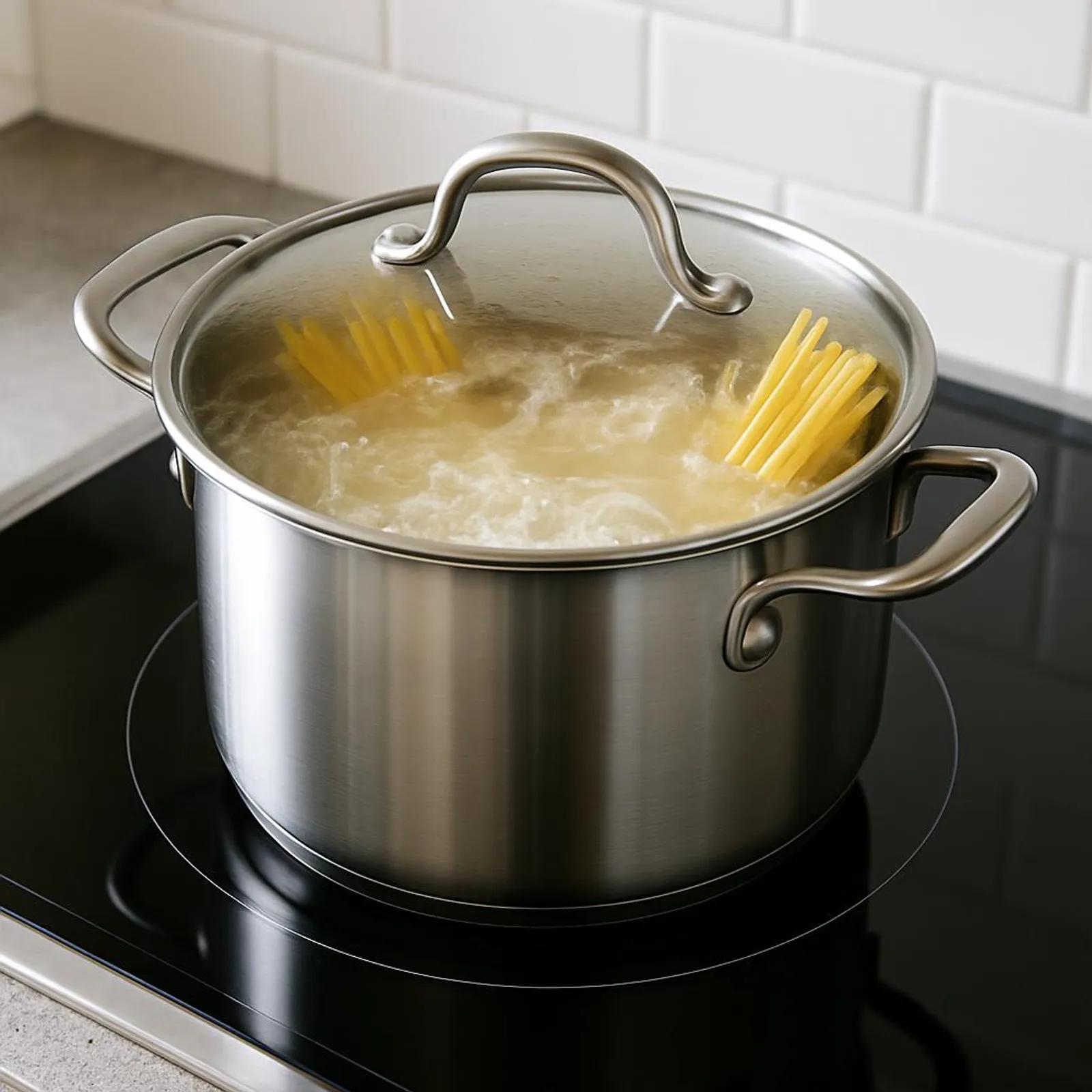
Cookware compatibility: Will your pans play nice with induction?
Induction heats by creating a magnetic field. Translation: your pan must be ferromagnetic.
- Works great: Cast iron, carbon steel, many stainless steel pans (especially those labeled “induction-compatible”), and enameled cast iron.
- Might not work: Aluminum, copper, and some stainless pans without a magnetic base.
The 2-second magnet test: Grab a fridge magnet. If it sticks strongly to the bottom, you’re good.

If you need to refresh a few pieces, start with a skillet and a medium pot. See our pan care tips in The Ultimate Guide to Eco-Friendly Kitchen Utensils: Ditching Plastic for Good.
Try-before-you-buy: Portable induction MVPs
Portable induction cooktops are the gateway gadget: they’re compact, budget-friendly, and plug into a standard outlet. They’re perfect for small kitchens, dorms, campers, or anyone induction-curious.
What to look for:
- 1500–1800W max power for fast boils.
- Real wattage settings (not just “1–10”).
- Temperature control options for simmering.
- A stable surface and a fan that isn’t too loud.
A few solid picks to consider:
- Duxtop 1800W Portable Induction Cooktop: reliable, widely loved, budget-friendly.
- Duxtop 9600LS with precise control and touchscreen.
- If you need a pan too, a sturdy cast iron skillet plays perfectly with induction.
⚡Set-up in 4 steps
- Place the unit on a level, heat-safe surface with airflow.
- Plug into a dedicated outlet if possible.
- Use induction-ready cookware; keep bottom clean and flat.
- Start at medium power, then dial up. For boiling: go high; for eggs and sauces: use temperature mode.
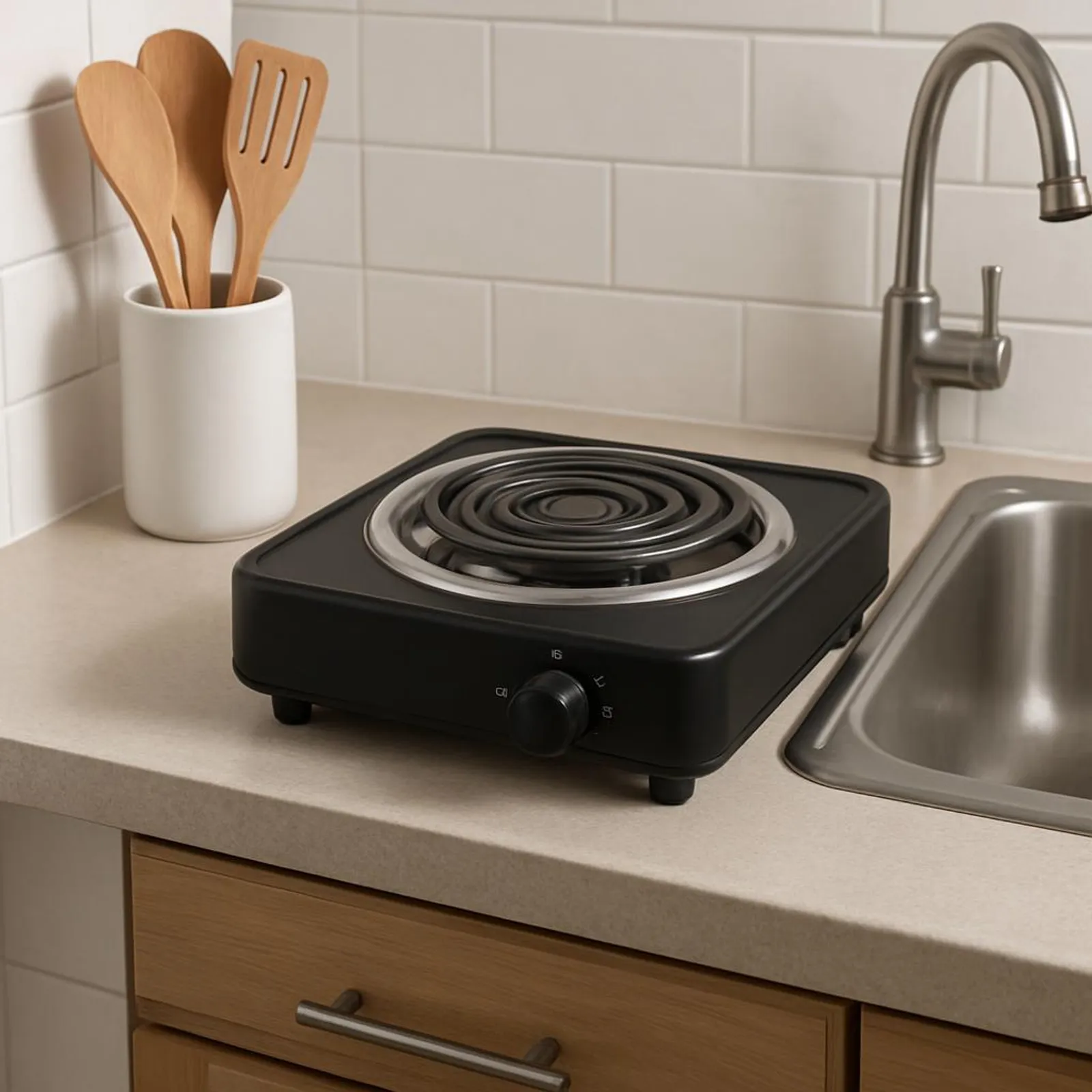
Energy- and money-saving habits that help no matter your stove
- Lid it: A lid can cut boil times dramatically.
- Match pan to burner: Overhang = wasted heat.
- Flat bottoms win: Better contact, better efficiency.
- Preheat with purpose: Induction needs little preheat; gas and electric benefit from a brief pre-warm for searing.
- Residual heat is free heat: Cut power a minute early to finish delicate dishes.
- Keep pots clean and dry on the bottom: Food gunk = poor contact and scorched smells.
Want to go full kitchen-zen? Pair smarter cooking with smart storage from The Plastic-Free Fridge: A Guide to Sustainable Food Storage That Actually Keeps Things Fresh and planet-friendly clean-up from Greener Clean: DIY Eco-Friendly Cleaning Products for Every Room.
Emissions: What your dinner costs the planet
Two parts to consider:
- Direct emissions: Gas burns fossil fuel in your home—instant CO2 and NO2 indoors.
- Grid mix: Electric (induction or coil) emissions depend on your local electricity mix. The greener your grid (or the more you subscribe to renewables), the cleaner your cook.
As grids get cleaner, induction’s climate edge grows. And because it’s more efficient, you use fewer kWh to do the same job. Win-win, like getting perfectly al dente pasta and a spotless stovetop.

⚕️Good to know: Pacemakers and induction
Induction cooktops create electromagnetic fields. People with pacemakers or implanted medical devices should consult their device manufacturer and follow recommended distances and precautions. Keep magnets and the cooktop surface away from the device area.
Comfort, cleanup, and the joy factor
- Noise: Induction has a cooling fan and can cause a faint hum with some pans. Usually a low whoosh compared to, say, your blender at 7 AM.
- Cleanup: Induction’s glass top stays cooler, so spills don’t burn on as easily. Wipe, grin, done. For zero-waste wipe-ups, try the reusable cloths and DIY sprays in Transform Your Dishwashing Routine Into an Eco-Friendly Practice.
- Temperature finesse: Melt chocolate without a double boiler, keep a soup at a true barely-there simmer, and nail fluffy rice without scorching.
Real-talk ROI: When does induction “pay off”?
Let’s say you grab a portable induction unit for about $60–$120. If your local rates make induction cost $0.05 less per dinner versus gas (totally possible in many areas), cooking 5 dinners a week would save ~$13/year. At that pace, it’s not about a fast payback—it’s about:
- Better indoor air (especially for kiddos or asthma-prone households).
- Faster weeknights and fewer boil-overs.
- A test drive for a future full-size swap.
And if your electricity is cheap or you have rooftop solar? That math tilts even more in your favor.
🧮Mini-math for your kitchen
- Estimate per-meal energy: 0.3–0.6 kWh on induction for common tasks; 0.5–1.0 kWh-equivalent on gas for the same job.
- Multiply by your rate and days per week.
- Add care costs: gas range hood filters vs. induction’s simpler wipe-downs.
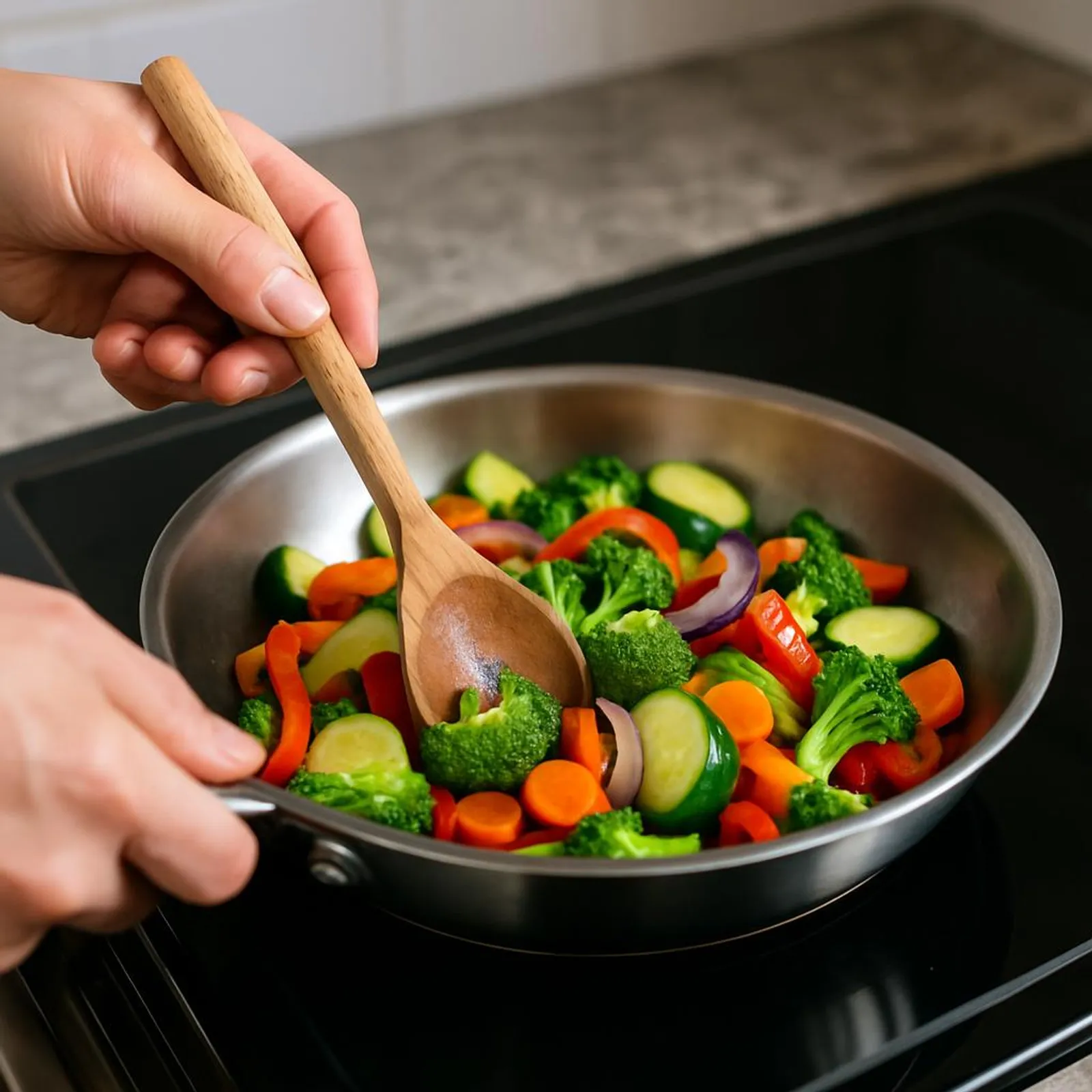
What if I love my gas burners for wok cooking or tortillas?
You don’t have to choose all or nothing. Many households run a hybrid:
- A portable induction unit for 80–90% of tasks.
- Keep one gas burner for specialty high-flame techniques (hello, wok hei).
- Or invest in an induction range plus a single-burner butane torch stove for occasional outdoor/high-heat recipes.
Think of induction as the everyday hero and flame as your weekend cameo.
Your 7-day Induction Trial (the fun kind of challenge)
Try this mini sprint and see how it feels:
Day 1: Boil test and pasta night. Time it.
Day 2: Stir-fry vegetables on high heat. Notice water evaporates fast—less soggy, more snappy.
Day 3: Creamy oatmeal at precise temperature; zero scorching.
Day 4: Pan-seared tofu or chicken; practice quick power drops for perfect browning.
Day 5: Soup-and-sandwich night; keep soup at steady low while you toast.
Day 6: Chocolate melt or custard on low—no double boiler needed.
Day 7: Sunday batch cook grains and beans off-peak; stash in glass containers for the week.
Share your favorite day on Instagram at @mysimple.life.official and tag your setup. We’ll cheer you on, because nothing fuels eco-habits like a little community confetti.
Need sustainable containers for that batch cooking? Our fridge-friendly picks and storage tips are in The Plastic-Free Fridge: A Guide to Sustainable Food Storage That Actually Keeps Things Fresh.

Handy resources to explore
- EPA and health orgs have helpful guidance on indoor air and cooking; if you’re nerdy like me, bookmark a solid explainer and share it with your household decision makers.
🌎One small swap, big ripple
If a full stove upgrade isn’t in the cards, a single portable induction burner can still:
- Cut your family’s exposure to NO2 and ultrafine particles.
- Trim your energy use for weeknight meals.
- Make cooking feel faster and more fun—hello, perfectly timed tea. Small swaps stack up. Choose one, try it for a week, and watch your kitchen (and confidence) glow.
We don't need a handful of people doing zero waste perfectly. We need millions of people doing it imperfectly.
Anne-Marie Bonneau
Ready to press a greener button? Start with that 1-liter boil test, or snag a portable induction burner and an induction-ready skillet from the picks above. Then swing back to our kitchen companions—Transform Your Dishwashing Routine Into an Eco-Friendly Practice and The Ultimate Guide to Eco-Friendly Kitchen Utensils: Ditching Plastic for Good—so your cook, clean, and store game all hum along in harmony. Your future self (and the planet) will high-five you at dinner.
